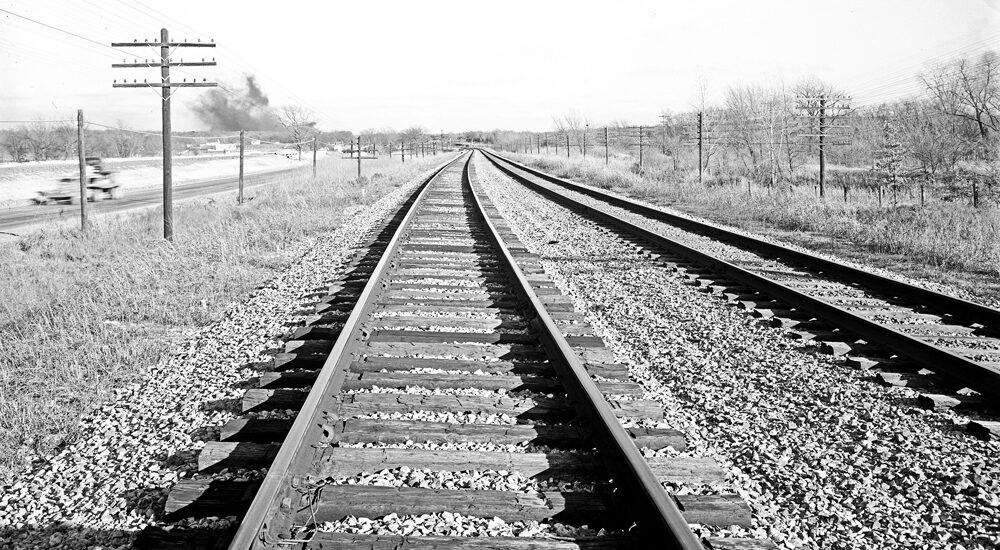Welcome to Fort Worth, a city whose destiny was dramatically transformed by the arrival of the railroad in the late 19th century. Originally established in 1849 as an army outpost, Fort Worth was part of a line of forts intended to protect settlers from Native American tribes. Named after Major General William Jenkins Worth, this frontier post quickly became a bustling hub for cowboys and cattle drives along the Chisholm Trail.
However, by the 1870s, Fort Worth was on the brink of becoming a ghost town. The end of the Civil War brought economic hardship, and the once-booming cattle drives slowed. But salvation came in the form of the Texas and Pacific Railway, which reached Fort Worth in 1876. The arrival of the railroad revitalized the town, making it a critical shipping point for cattle and other goods, and earning it the nickname ‘Cowtown’.
The railroad not only saved Fort Worth but also spurred its growth into a major city. It attracted businesses, settlers, and industries, transforming it into a thriving economic center. By the early 20th century, Fort Worth had established itself as a key player in the oil and aviation industries, further cementing its importance in the region.
Notable figures have left their mark on Fort Worth’s history. Amon G. Carter, a prominent businessman and philanthropist, was instrumental in promoting the city and securing major institutions like Texas Christian University and the Fort Worth Star-Telegram, which he founded.
The evolution of Fort Worth from a military outpost to a vibrant city intertwined with the railroad reflects broader trends in American history, where the expansion of the railway network played a crucial role in the development of the West. Today, Fort Worth stands as a testament to the transformative power of railroads in shaping not just cities, but the nation itself.




